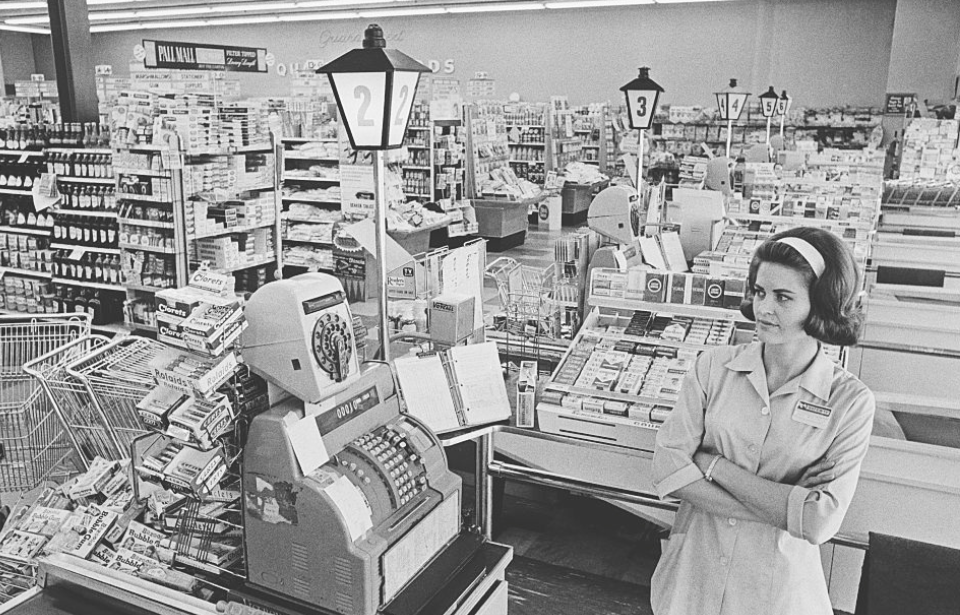With more than 900 locations across the United States, Safeway seems like any other grocery chain. What truly sets the retailer apart from competitors isn’t cheaper prices or better customer service. It’s Safeway’s outlandish history that is making us wonder: are credit cards evil?
A family business
In 1915, the Skaggs family owned a small grocery store in American Falls, Idaho. Originally owned by S. M. Skaggs, a Baptist minister, the store was opened to help provide for his family of 15 children. Shortly after the grocery was founded, it was purchased by one of Skaggs’s sons, Marion Barton Skaggs.
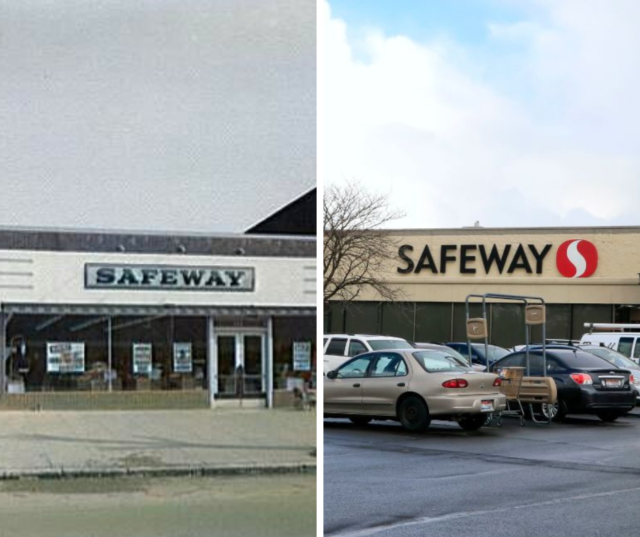
Marion Barton Skaggs, or M. B. as he was known, quickly developed an impressive business strategy. By keeping profit margins low and implementing a self-help system for shoppers to select their own groceries without the help of clerks, Skaggs was able to grow the business into 428 locations in over ten states by 1926.
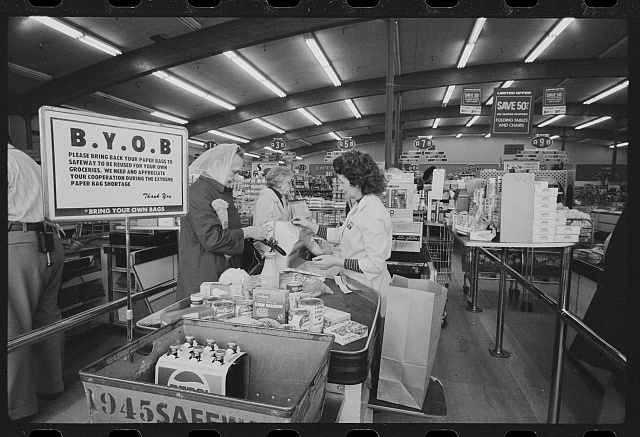
That same year, M. B. Skaggs merged his chain of stores with 322 stores from another grocer, Sam Seelig Company, and incorporated the new company under the name Safeway, Inc. The story behind this new name is almost as strange as the person who chose it!
No credit, no problem
In the early 1920s, banks began to offer consumer credit options with lessened requirements and interest rates to help stimulate the economy. Grocery stores adopted in-store credit which meant that customers were buying more food than they could actually afford to pay for, triggering an accumulation of debt for many families. Consumer credit also negatively impacted the lives of grocery store workers, who had to wait until enough customers paid their bills before they could be paid for their work.
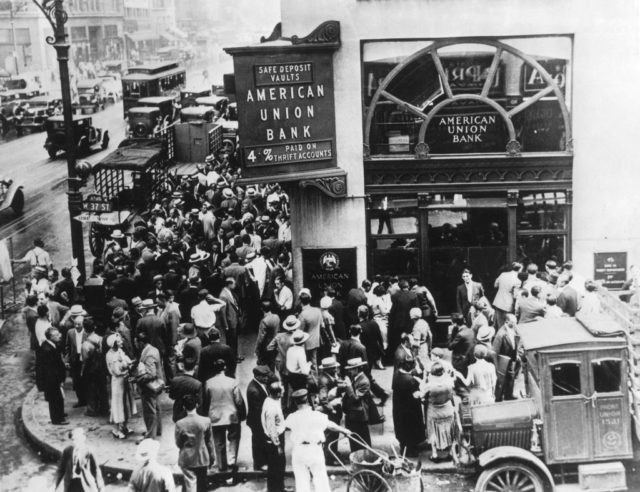
The Skaggs family saw the negative effects that credit was having in their Idaho community. S. M. Skaggs believed the system made customers overly reliant on grocers. He even claimed that this system was “the growing evil of installment purchasing.” Skaggs implemented a “cash and carry” rule in his stores which meant that customers could only pay for goods with cash.
This philosophy is memorialized in the name that M. B. Skaggs chose for his growing grocery empire: Safeway. The name represented the family’s no-credit policy by suggesting to shoppers that purchasing goods with cash was the “safe way” to shop.
Re-defining the grocery experience
Safeway is clearly a company with a knack for innovation and deciphering what customers want. Their self-service model meant that shoppers could enjoy lower prices and help themselves to the products they wanted, rather than having everything behind a counter.
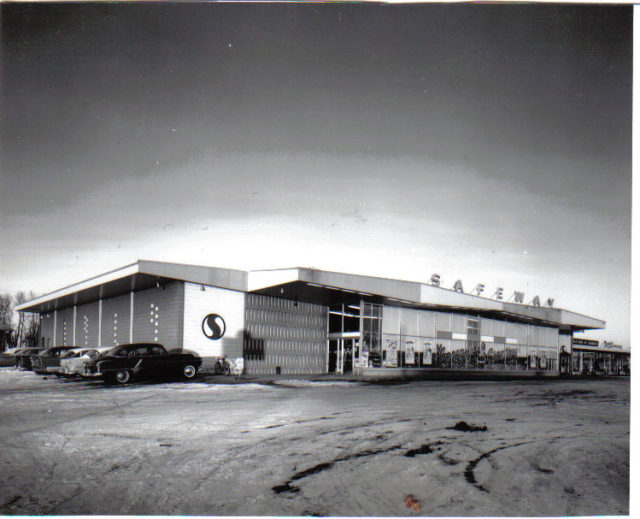
Safeway was also one of the first grocery stores to implement selling produce and other goods by weight. In the 1930s Safeway also introduced sell-by dates on their products so customers knew how long each item had been on the shelf.
Today, Safeway continues to lead the future of grocery shopping. The chain has created an app for shoppers to buy groceries online and has given millions of dollars to charity for hunger relief and education programs.
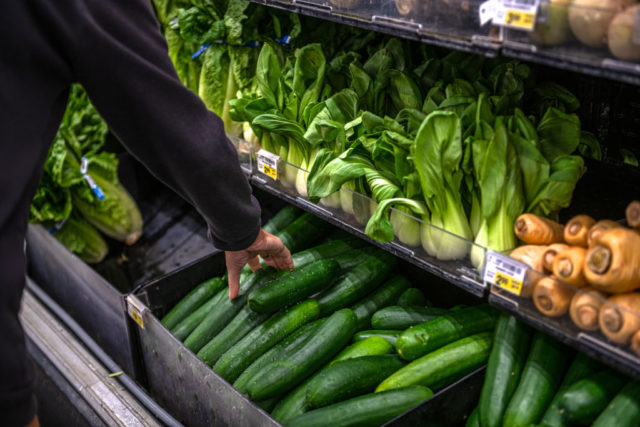
More from us: Grocery Store Prices of the 1970s Reveal an Entirely Different World
The company, which is owned by grocery giant Albertsons, is not immune to problems. During the COVID-19 pandemic that began in 2020, many Safeway stores faced economic hardships and labor disputes. One thing that is certain: credit cards are now welcomed in stores.
